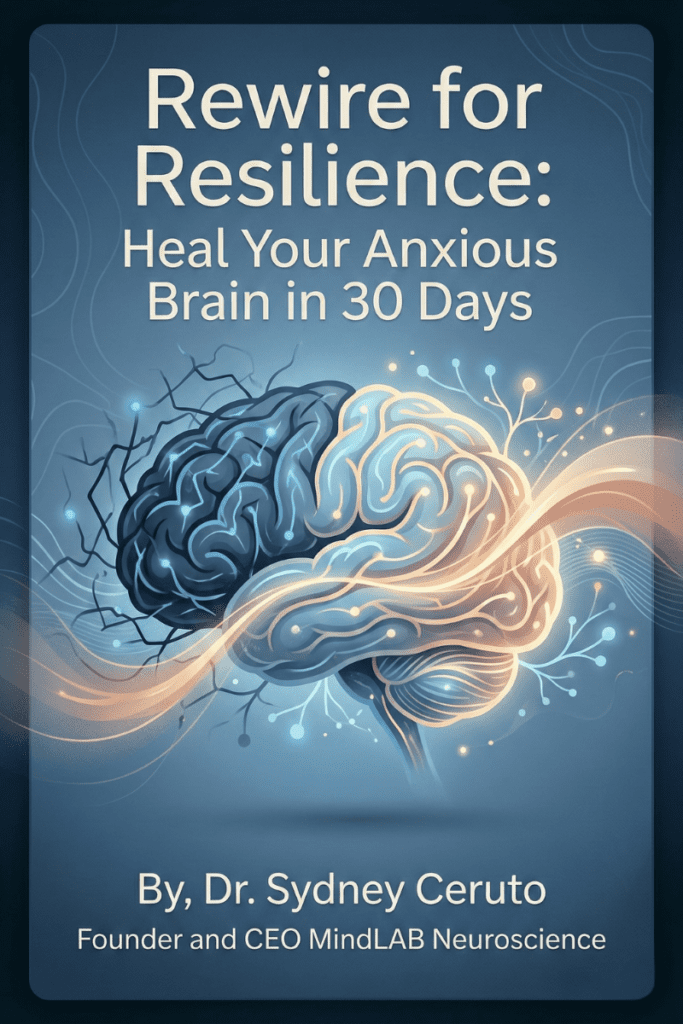The same tools you use to heal yourself can be used to upgrade yourself. Here’s why the learning trajectory of self-improvement matters in whatever stage of life you’re in.
When people first become interested in self-improvement, it’s usually because they want to “fix” something that they perceive as broken.
Often life needs to get bad enough before people seek help; such as for me, where it took a complete breakdown before I realized I needed to make a change and rebuild myself.
My sadness and frustration eventually hit a point of “critical mass” where I had no other choice but to start working on my confidence, relationships, and well-being, or I was doomed to a life sentence of misery.
Unfortunately, most people need to hit their own version of “rock bottom” before they are motivated to make a change. The pain and suffering is what sparks the transformation.
Detailed about Trajectory of Self-Improvement
Without sufficient pain, most people can continue to follow the status quo and persist with their present patterns, even if they know in the long-term those patterns are unhealthy or destructive.
If you’re surviving, why change? Better to choose the devil you know than the devil you don’t.
Or is it?
It’s rare for people to pursue self-growth simply because they want to improve or be better; for most people, the primary drive to change oneself is to heal from pain in our past.
The healing process is the beginning of the growth process, but it can also be the start to upgrading oneself and transforming oneself at a much more profound level. I call this Healing to Upgrading
At first, healing can feel like a long process of trying to feel “fixed” or “normal.”
It begins with an unhealthy, destructive, or traumatic past – and the deep desire to “move on” or “let go.” It manifests itself as the thought, “If only X didn’t happen to me, I’d be normal or fixed!”
“X” could be anything: growing up in poverty, experiencing the loss or death of a loved one, living in a broken environment, a terminal illness, physical abuse, or mental abuse.
Healing begins with acceptance of the past – what has happened has happened – and now it is up to you to do what you can with it.
Once you accept your past and realize you need help, you begin to learn different tools and strategies for better managing your mental health.
You begin to build a mental toolbox of ways to manage your thoughts and emotions, such as writing in your journal, pursuing creative hobbies, reframing your past, setting goals for the future, building new positive relationships, or focusing on what is in your power.
As you explore, you begin to learn more about yourself and how your mind works. Slowly things get a bit better, and a bit better, and a bit better; but it takes time, patience, and gradual progress.
Each day you remind yourself the power of taking things “one day at a time” and recognizing those super tiny wins.
Then one day you reach a point – a new plateau – and you look back and you’re stronger than you ever thought possible. How did this happen? What should I do with all this new strength?
There’s a concept in psychology known as “post-traumatic growth” which suggests that some people who have gone through traumatic experiences can sometimes take those experiences and grow from them in transformational ways.
The more difficult one’s past is, the more one has to learn how to adapt, evolve, and survive. When those difficulties have been overcome, the person is now better equipped to deal with future obstacles and adversity.
No matter how bad things get, one powerful idea to always keep in mind is, “If I can overcome this, I can overcome anything.” That’s the foundation of resilience.
Negative experiences can motivate you to tap into inner resources and inner strength that you didn’t realize you had before. This is expressed in the famous Nietzsche quote, “That which doesn’t kill me, makes me stronger.”
Going through a traumatic experience can also put things into perspective and force us to recognize what really matters in life, even giving us a new sense of meaning and purpose.
A person who has survived physical abuse or psychological abuse can use those experiences to help those whom are in a similar situation. A person who grew up in poverty can dedicate their free time to helping at soup kitchens or homeless shelters. A person who has gone through cancer can help others who are just learning about their diagnosis.
Any past suffering can become a source of purpose to help others who are going through similar experiences.
While some people choose to direct their past suffering toward helping those who are going through something similar, others may take that suffering and direct it toward creative activities like art, writing, or painting.
And others may direct it toward living their life to the fullest by setting ambitious goals, starting their own business or nonprofit, or simply making the most with what life has given them.
With the right mindset, the “healing process” gets elevated into something bigger and more meaningful.
The healing process doesn’t end, it just transforms into an upgrading process. It becomes less focused on trying to “fix” or “undo” the past, and more focused on maximizing the happiness and potential of both yourself and others.
The best part is: the same tools and lessons you used to heal yourself can now be used to continue growing and evolving, as well as helping others do the same.
Of course, this is not a guarantee. Often suffering can become a vicious cycle where those who have been hurt end up continuing to act in destructive and harmful ways.
As the cautious saying goes, “Hurt people hurt people.” The healing process begins with breaking this cycle and turning that pain into a force for good – or even a force for excellency.
It’s completely possible through neuropsychology and neuroplasticity. You just have to want it bad enough and be willing to do it.





